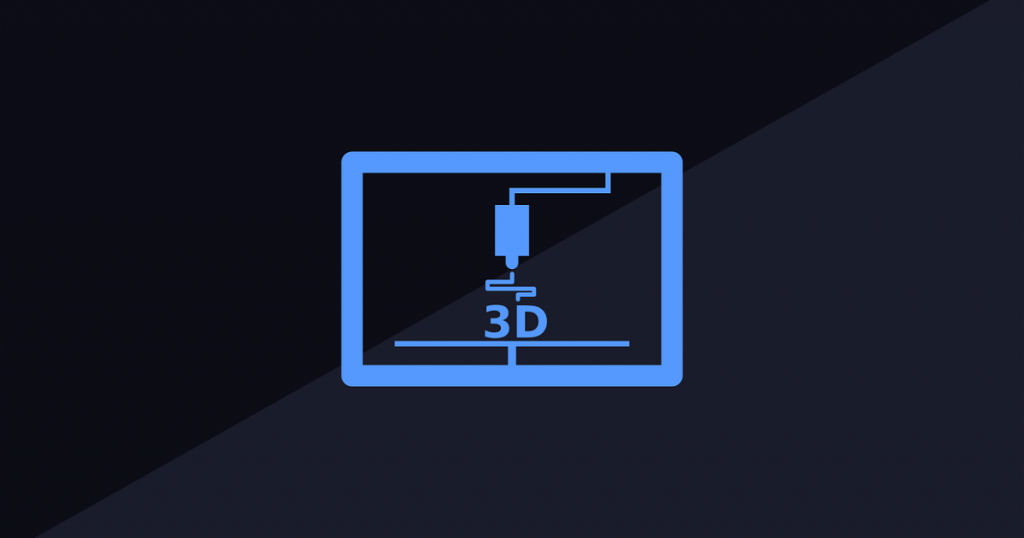
There are several 3D printing software available, many of which are free and open source. In this article, SaaSworthy has put together a list of the top 6 best free and open source 3D printing software for you to choose from.
After going through this article, you will be able to identify what is the best free 3D printing software. You will also be able to identify the best open source 3d printing software suitable for you.
Table of Contents
What is a free and open source 3D printing software?
3D printing is an additive method of creating three-dimensional objects by building up layers of material. 3D printing generates life-like models from software, improves design efficiency, and speeds up the manufacturing of many complicated items. However, in order to generate and print these complicated patterns, it requires advanced 3D printing software.
What are the various advantages of using 3D printing software?
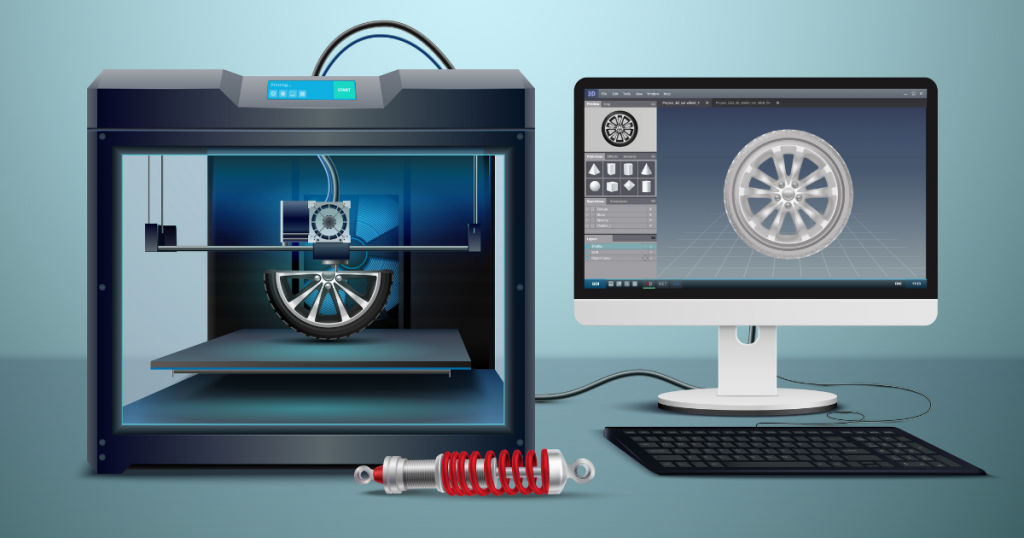
- It tweaks the 3D model for printing before the final print to ensure that the design does not break or distort during the printing process.
- It facilitates and accelerates prototyping by letting you preview them using virtual reality, which can simulate the experience before the printing.
- 3D printing software guarantees that the products printed are of the greatest quality, in contrast to traditional product design.
- Designers can use 3D printing software to develop items in digital form, which printers can then use to manufacture or recreate the exact item. This saves not just time, money, and labor but also printing material.
- 3D printing tools enable the designing and manufacture of customized products based on the specific demands of the designers or their clients.
Top 6 free and open source 3D printing software
With CAD models, 3D printing software converts 3D models into actual objects that you can feel and utilize in the actual world. The 3D printing software receives the 3D model as input and instructs the 3D printer to print the model. A free and open source 3D printing software is available at no cost and is released with its source code.
1. Netfabb
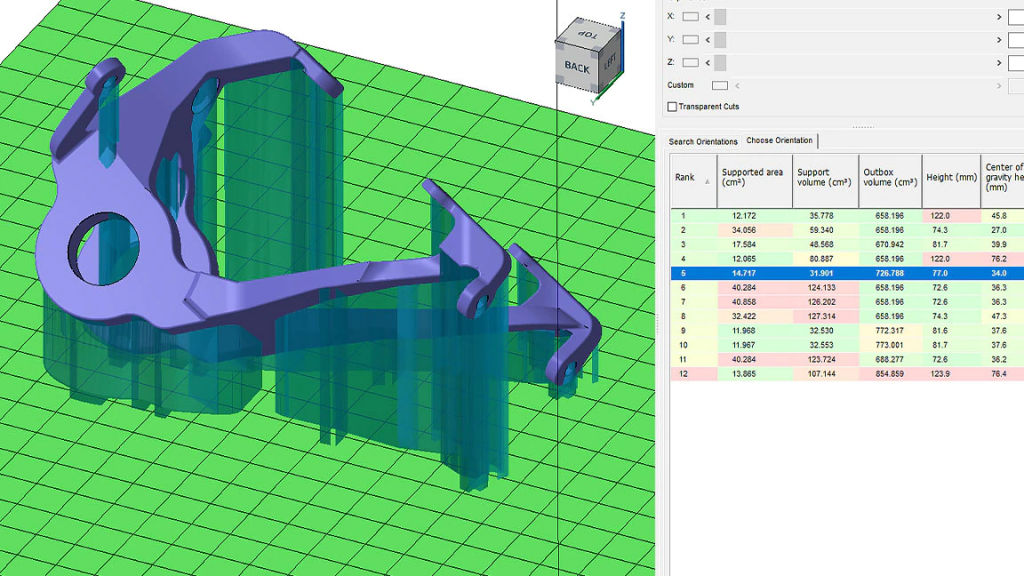
Netfabb is a 3D printing software designed for slicing that includes powerful STL analysis and repair tools. Netfabb is prevalent among engineers in the automotive, aerospace, heavy industry, and healthcare sector. It provides a suite of tools to help with the day-to-day tasks of printing components. Netfabb is SaaSworthy’s top choice and is the best 3D printing software free.
The various features of Netfabb include –
- With the Optimisation Utility for Netfabb, you can generate high-performance design alternatives that employ compliant lattice structures.
- Using process simulation for Directed Energy Deposition and metal Powder Bed Fusion, it can identify and correct potential construction faults.
- It enables you to organize your models to save construction times, minimize supports, and efficiently arrange pieces.
- You can decrease human error by automating manual additive manufacturing operations with scripting.
- You can generate prints using slicing and customizable toolpath creation from an expanding collection of 200+ integrated 3D printers.
- It lets you import designs from the most popular CAD software, assess them for printability, and automatically fix them for 3D printing.
The limitations of Netfabb are –
- It can lag at times during operation due to excessive RAM usage.
- It has a limited number of functions in comparison to similar free 3D printing software.
2. Ultimaker Cura
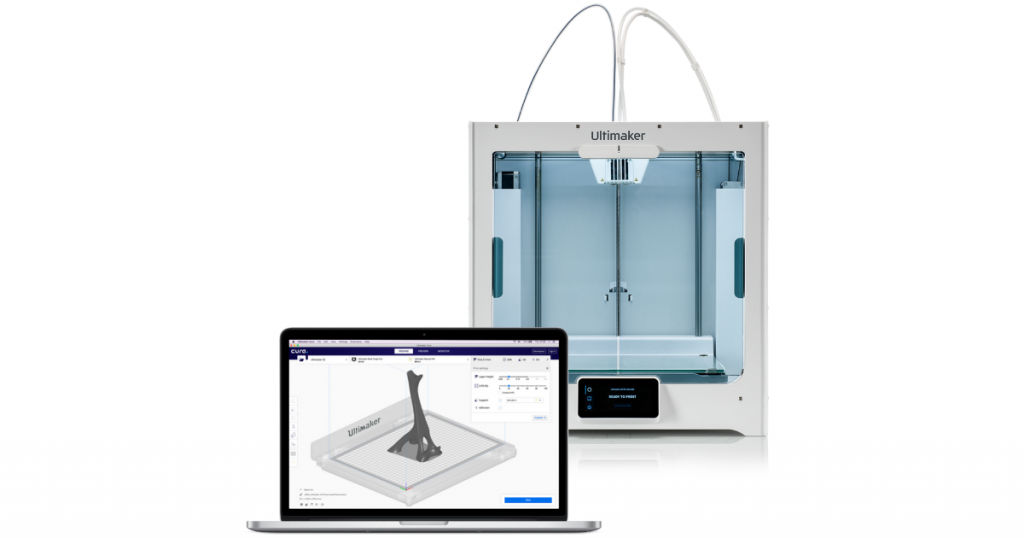
Ultimaker Cura is a free and open source 3D printing software. It is the standard slicer software for all Ultimaker 3D printers, but it is also compatible with the majority of other 3D printers. Cura may also be used as 3D printer host software, allowing you to have direct control over your printer. It is the best open source 3D printing software for beginners because of its user-friendliness and high customizability.
The various features of Ultimaker Cura include –
- Ultimaker Cura allows users to modify the G codes of their 3D components, enabling them to halt printing by inserting additional command lines.
- It includes an excellent hidden function that enables you to quickly and easily create negatives of CAD drawings. This option generates a negative print of the selected model and surrounds it with a wall.
- Its wire printing is a brilliant feature that allows you to create intriguing and complex three-dimensional wireframe objects.
- It works with various 3D printing CAD applications such as Autodesk, Siemens NX, and Solidworks.
The limitations of Ultimaker Cura are –
- It is not suitable for those looking for advanced editing, STL repair, and remote control.
- The 3D viewer is limited in terms of previewing models from various perspectives.
3. MatterControl
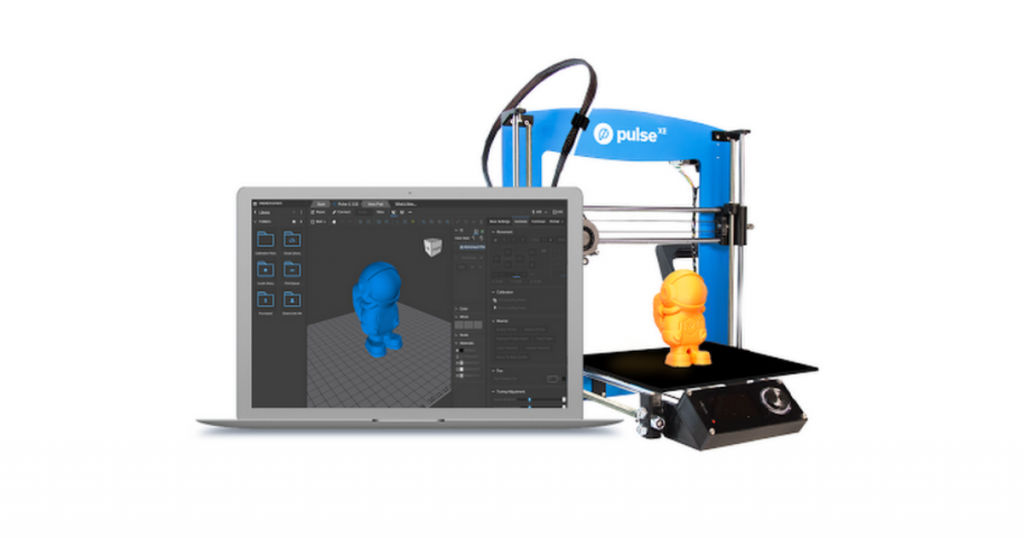
MatterControl is a free and open source 3D printing software. It is an all-in-one software suite for designing, organizing, slicing, and managing 3D printing. MatterControl stands out as a full-fledged 3D printing software solution for the majority of the print process, from support preparation through slicing and control. It allows users to create new components from scratch or browse current designs.
The various features of MatterControl include –
- MatterControl makes it easier for users with dual extrusion 3D printers to choose which extruder will print a specific object.
- MatterControl includes new design apps, which enable configurable design templates for generating your own custom 3D models.
- In the new CAD component of the software, you can develop designs and slice STLs for offline printing and export them to SD cards.
- When connected via USB, its printer host capability allows you to directly manage and monitor printing.
- MatterControl outperforms other entry-level CAD software in terms of 3D design capabilities, making it simpler to create high-quality 3D designs with greater intricacy.
The limitations of MatterControl are –
- The printing quality of the object made with Mattercontrol differs from printer to printer, thus eliminating the uniformity of the printed objects.
- It does not have support for macOS.
4. Makeprintable

Makeprintable, developed by Mixed Dimensions, is a free and open source 3D printing software. It is a cloud-based software for analyzing and repairing any 3D model before 3D printing.
Makeprintable assists newbie and intermediate Sketchup users in achieving higher print success by detecting and correcting design faults before printing a file. Makeprintable provides an incredible amount of customization to the user, in contrast to other free online services.
The various features of Makeprintable include –
- You have the option of selecting a quality level (prototype, standard, or high), hollowing and repairing the mesh, and optimizing the polygon count.
- You can convert any 3D model into an STL, OBJ, 3MF, SVG, or GCODE while keeping the printability intact.
- Before printing, users can fix flipped faces, non-manifolds, intersecting objects, and boundary edges in their models.
- You can customize your file preprocessing to your 3D printing requirements by creating advanced processing workflows with a simple yet powerful node-based editor.
- It uses its unique automated wall thickness adjustment tool to regulate your 3D model’s thin regions and thicken them for 3D printing.
The limitations of Makeprintable are –
- The instructions provided are not clear, and a new user might find it challenging to navigate through.
- It lacks the engineering CAD features.
5. 3DPrinterOS
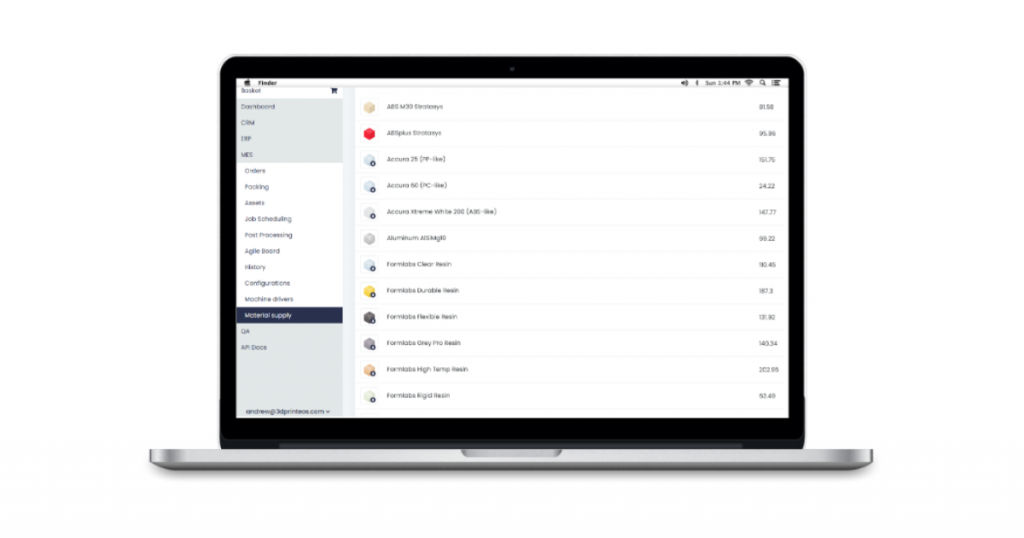
3DPrinterOS is a secure, cutting-edge, cloud, free and open source 3D printing software. It is a 3D printer management software based on a pure cloud/web/mobile architecture. Manufacturers, colleges, companies, and 3D designers will benefit the most from this 3D printing software. 3DPrinterOS is the world’s first desktop 3D Printer operating system. Bosch Dremel 3D printers are now powered by 3DPrinterOS.
The various features of 3DPrinterOS include –
- It can run and monitor 1000s of printers from various certified OEMs in diverse locations.
- It enables companies to effortlessly manage users, designs, and 3D printers from a single web-based dashboard with real-time audit logs.
- Administrators have access to comprehensive data analytics and can follow every print job’s full life cycle, including all changes and customer reviews.
- It is infinitely scalable and capable of being installed internally for optimum security and protection.
- Users can upload and print Gcode, view toolpaths, remotely track printing progress, and access the forum.
- It includes printer control, print job queuing and delegation, in-cloud slicing, and an app-based plug-in system for STL analysis and repair.
The limitations of 3DPrinterOS are –
- There are occasional lags in the software.
- It has a steep learning curve.
6. ideaMaker
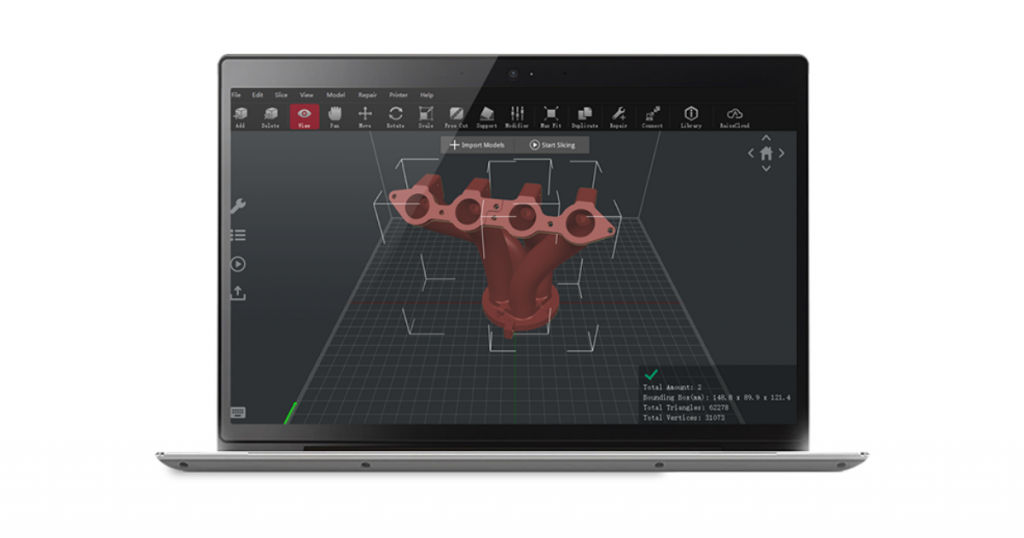
ideaMaker is a free 3D printing software. Raise3D’s one-of-a-kind slicing software, ideaMaker, is conveniently integrated with Raise3D’s other resources and capabilities. Slicing using ideaMaker, which is optimized for Raise3D printers, is quick, easy, and entirely free. It has an easy-to-use UI and unlimited customization for expert users. It is one of the best 3D printing software free.
The various features of ideaMaker include –
- It allows users to submit Gcode to Octoprint, making it compatible with any third-party open-source 3D printer.
- Instead of manually inspecting and optimizing various settings, users can activate automated optimization with a single click.
- Per-Group Setting, Modifier, and Per-Layer Setting allow users to differentiate parameters for single or multiple models.
- The dynamic layer height tool enables the software to change layer height based on the level of detail in the model. This increases print quality while decreasing print time.
- The region’s scope is customizable by the user. This enables sophisticated applications such as enhancing the mechanical performance of a 3D printed component.
- Boolean tools are built into ideaMaker to assist users in carving, splitting, and combining models.
The limitations of ideaMaker are –
- It can sometimes be slow to load the process.
- The user interface requires a bit of a learning curve, and hence beginners can find it difficult.
Conclusion
So, what is the best free 3d printing software? There is no specific answer to this question. It all comes down to your preferences and which software suits you the best. We hope that we were able to provide some insight on the various free and open source 3D printing software available in the market.
You should also note that while some are completely free, others have paid upgradeable versions with exclusive features as well. You can pay according to your needs to have access to the extra features. You should now be able to choose a free and open source 3D printing software best suited for you.
If you are searching for a 3d modeling software, take a look at SaaSworthy’s list of 3D modeling software.
Also read:
• 7 Best Free and Open Source Learning Management System Software in 2021



![10 Best Free and Open-Source Landscape Design Software in 2024 [Updated] SaaSworthy Blog Header](https://images.saasworthy.com/blog_latest/wp-content/uploads/2021/04/Blog-Header-Image.png)


